Odawara’s legacy as a pivotal stronghold in Japan’s feudal history is closely linked to its castles and shōguns, particularly the formidable Odawara Castle. This military bastion, once governed by the powerful Hōjō clan during the tumultuous Sengoku period, showcased advanced architectural design and strategic defenses that underscored the shōguns’ authority. As political and cultural activities flourished within its walls, the castle witnessed key historical events, including the dramatic 1590 siege that marked a turning point in the region’s power dynamics. What other stories and influences shaped Odawara’s rich narrative?
Key Points
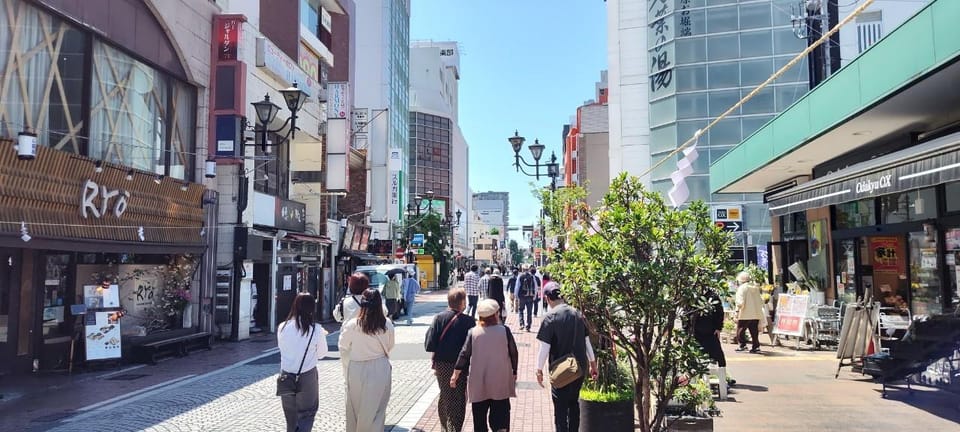
- Odawara Castle, built by the Hōjō clan in the late 15th century, served as a military stronghold during the Sengoku period.
- The Hōjō clan, founded by Hōjō Ujitsuna, expanded their power through military strength and strategic alliances in the Kanto region.
- Samurai played crucial roles as military leaders and local administrators, contributing to economic stability and cultural development in Odawara.
- The 1590 siege by Toyotomi Hideyoshi marked the decline of the Hōjō clan and significantly impacted the history of Odawara’s castles.
- Odawara’s cultural heritage is preserved through restoration projects and educational programs, showcasing its historical significance and attracting visitors today.
Historical Significance of Odawara
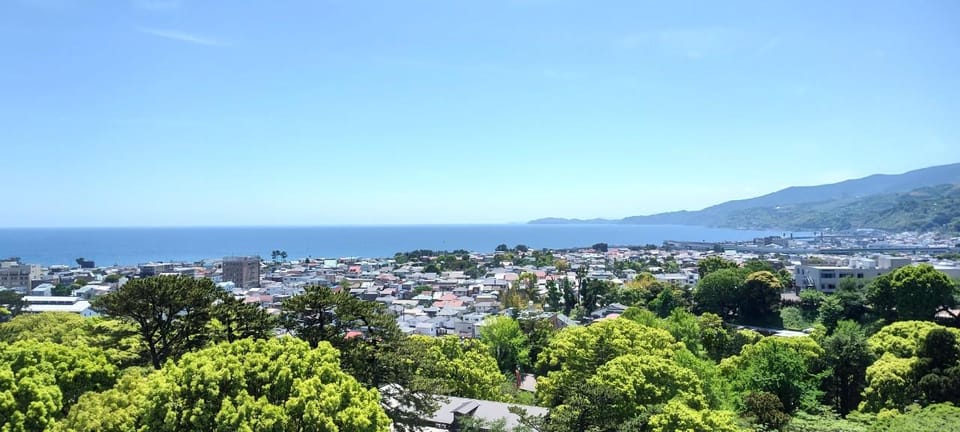
Exploring the historical significance of Odawara reveals its vital role in Japan’s feudal era.
Located strategically near the Tōkai region, Odawara served as a crucial military stronghold. Its impressive castle, built in the late 15th century, became a symbol of power for the Hōjō clan, who governed the area. The castle’s architecture showcased advanced defensive techniques, reflecting the era’s ongoing conflicts.
Odawara’s significance extended beyond military might; it was also a center for trade and culture, facilitating connections between various regions. The town’s historical landscape, dotted with temples and shrines, offers insight into the spiritual life of the time.
Today, visitors can explore these remnants, gaining a deeper understanding of Odawara’s influential past.
The Rise of the Hōjō Clan
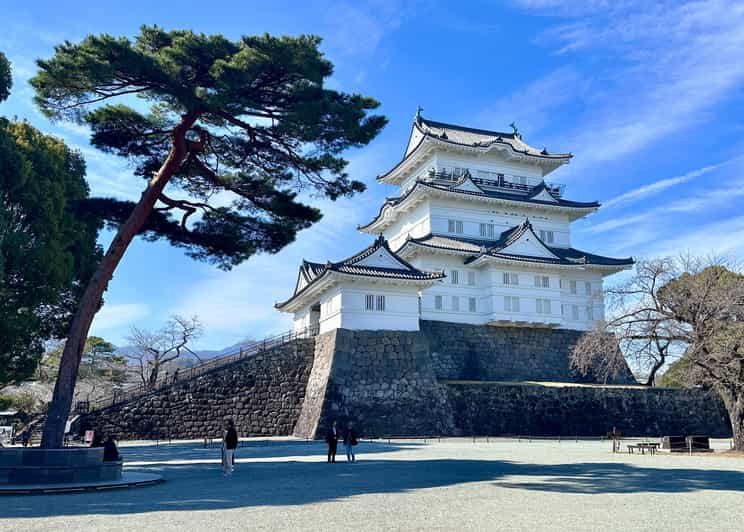
The Hōjō clan emerged as a formidable power during Japan’s tumultuous Sengoku period, leveraging their strategic position in Odawara to establish dominance over the Kanto region. Founded by Hōjō Ujitsuna, the clan expanded its influence through a combination of military prowess and savvy alliances.
They capitalized on their control of key trade routes and fortified their defenses, making Odawara Castle an essential stronghold. The Hōjō implemented effective governance, fostering agricultural development and ensuring stability. Their rule attracted skilled samurai, further solidifying their position.
However, their ambition eventually led to conflicts with rival clans, culminating in the siege of Odawara in 1590, which marked the end of their reign and a significant turning point in Japan’s history.
Architectural Features of Odawara Castle
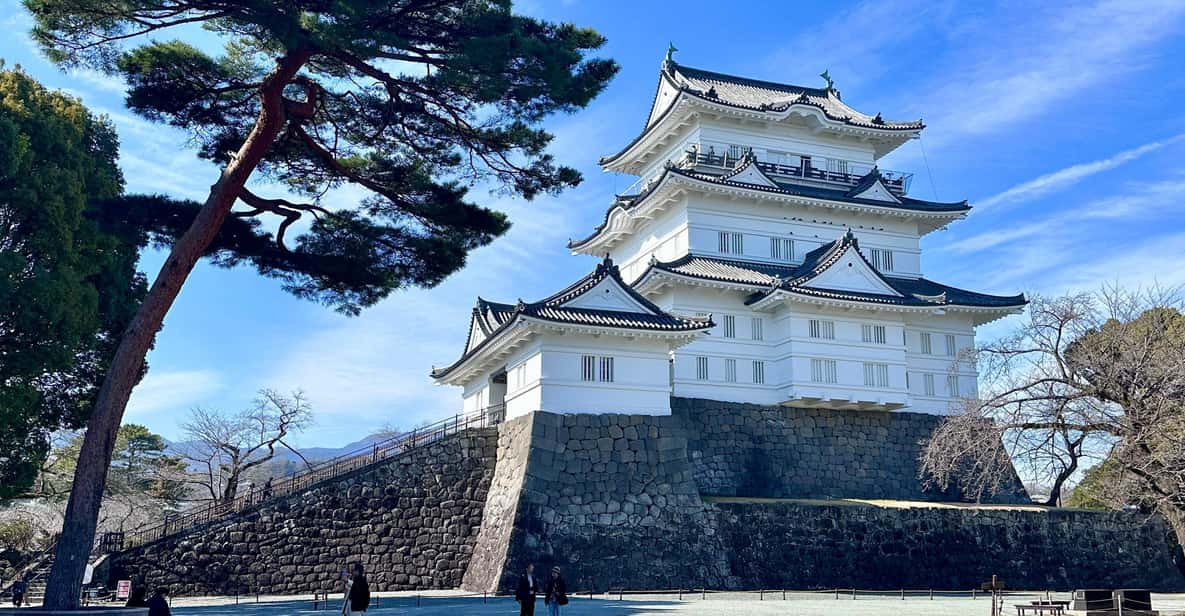
Nestled among the lush mountains and overlooking the city, Odawara Castle showcases a remarkable blend of defensive architecture and aesthetic beauty.
The castle features imposing stone walls that reflect its role as a stronghold against invasions. Its intricate wooden structures, embellished with ornate carvings, reveal the craftsmanship of the period.
The tower, or Tenshukaku, rises majestically, offering panoramic views of the surrounding landscape and serving as a visual symbol of power. Unique elements like the traditional moats and multiple gates enhance its fortification.
Plus, the castle’s strategic layout highlights its function in defense while providing a serene environment for visitors to explore the rich history and stunning architecture that define Odawara Castle.
The Role of Samurai in Odawara
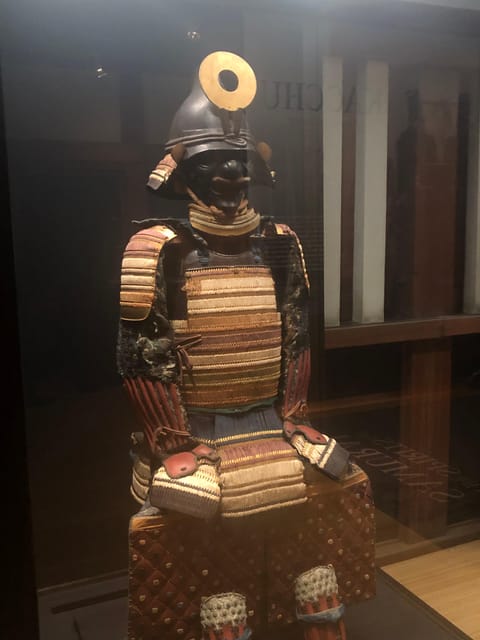
Samurai played a pivotal role in shaping Odawara’s history and culture, particularly during the late feudal period.
These skilled warriors served as both military leaders and local administrators, ensuring the stability of the region. The Hojo clan, a prominent samurai family, controlled Odawara Castle and fostered a flourishing economy through agriculture and trade. Their strategic alliances and military prowess allowed them to defend against rival factions, securing Odawara’s status as a crucial political center.
Samurai also contributed to the local arts and culture, influencing everything from poetry to martial arts. Their legacy remains evident in the historical sites and traditions that continue to attract visitors, offering a glimpse into the warrior class’s significant impact on Odawara’s development.
Cultural Heritage and Preservation

Preserving cultural heritage in Odawara has become a focal point for both locals and visitors alike. The city’s rich history, embodied in its iconic castles and samurai traditions, demands careful stewardship.
Local authorities and community groups actively engage in restoration projects, ensuring that historical sites like Odawara Castle remain accessible and informative. Educational programs help raise awareness about the significance of these cultural landmarks, fostering appreciation among younger generations.
Plus, annual events showcase traditional crafts and performances, further solidifying Odawara’s cultural identity. By prioritizing preservation, Odawara not only honors its past but also enhances its appeal as a vibrant destination for history enthusiasts, creating a bridge between generations while promoting sustainable tourism practices that benefit the community.
Notable Events in Odawara History
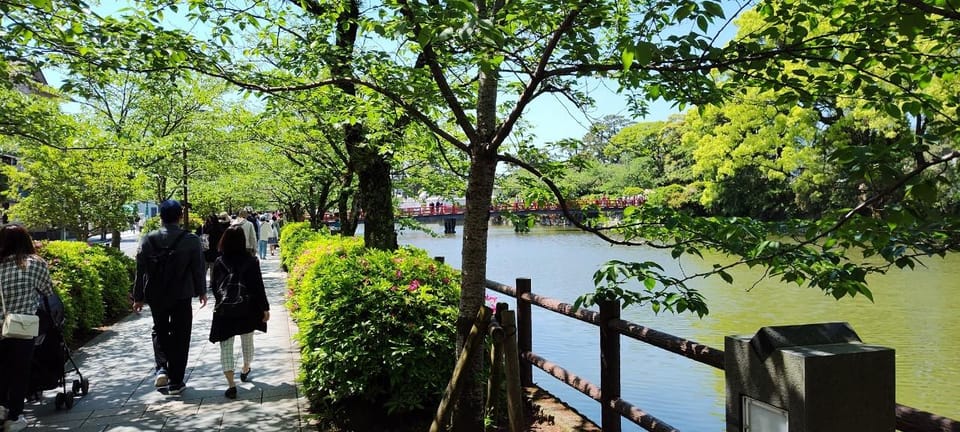
Odawara’s history is marked by a series of pivotal events that shaped not only the city but also the broader landscape of Japan.
The most significant moment came in 1590 when Toyotomi Hideyoshi besieged Odawara Castle, leading to the fall of the Hojo clan and unifying Japan under his rule. This event marked the end of a powerful era and initiated a new chapter in Japanese history.
Plus, the Great Odawara Earthquake in 1923 devastated the region, prompting reconstruction efforts that transformed the city.
In the post-war period, Odawara embraced modernization while preserving its rich cultural heritage, making it a crucial player in Japan’s historical narrative.
Each event contributed to the city’s unique identity and its enduring legacy.
Modern Attractions and Activities
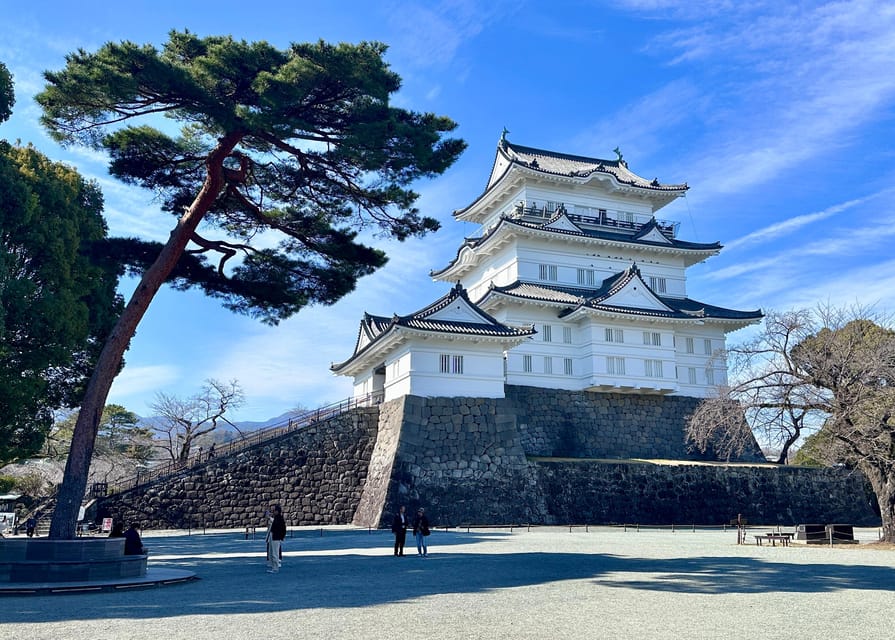
While exploring modern attractions and activities in Odawara, visitors can enjoy a blend of historical charm and contemporary experiences.
The iconic Odawara Castle stands as a centerpiece, inviting guests to ascend the Tenshukaku for breathtaking panoramic views. Nearby, the Samurai Museum showcases fascinating artifacts, including armors and swords, offering insights into Japan’s warrior past.
Visitors can also stroll through the serene Hōjō tombstones, reflecting on the area’s rich heritage. For a unique experience, the Ashiyu, or foot-onsen, allows guests to relax while overlooking the ocean.
With a variety of activities that merge history with leisure, Odawara ensures an enriching visit for everyone, making it a perfect destination for those seeking both adventure and culture.
Visiting Odawara Today
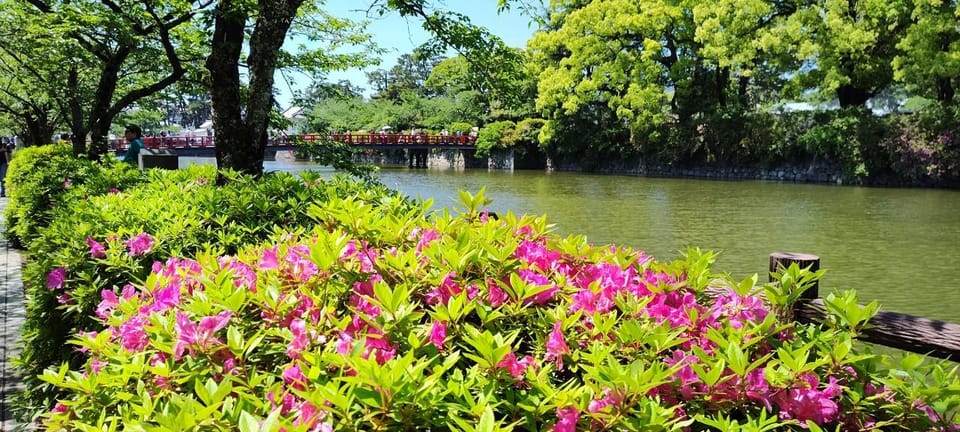
Visiting Odawara today offers a captivating blend of history and modernity that appeals to travelers of all interests.
The city’s centerpiece, Odawara Castle, invites guests to explore its majestic grounds and enjoy breathtaking views from the Tenshukaku tower.
History enthusiasts can enjoy the tales of the Hojo clan and their impact on Japan’s unification at the Samurai Museum, showcasing authentic armors and swords.
Guided tours provide insights into the area’s rich past, including visits to the Hōjō tombstones.
For a unique experience, travelers can unwind at an Ashiyu, a foot-onsen, while soaking in scenic coastal views.
With flexible booking options and engaging local guides, Odawara promises an unforgettable journey through its storied landscapes.
Frequently Asked Questions
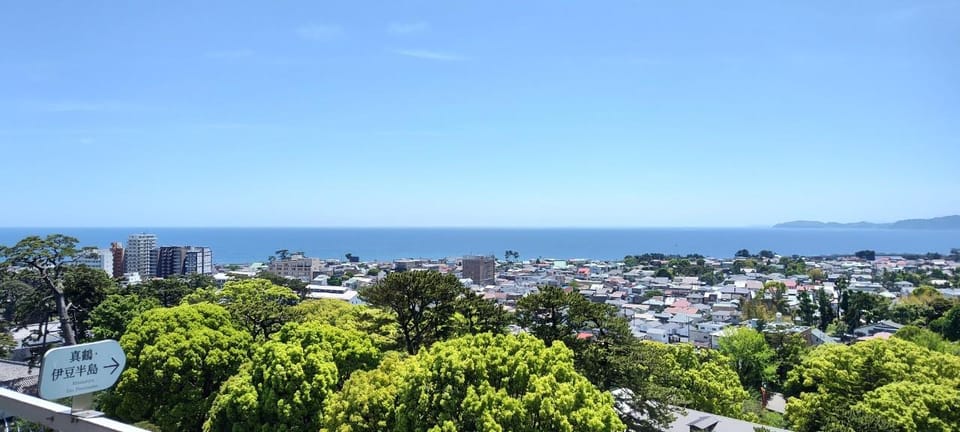
What Is the Best Time to Visit Odawara Castle?
The best time to visit Odawara Castle is during spring, when cherry blossoms bloom, or in autumn, when vibrant foliage creates stunning backdrops. These seasons enhance the castle’s beauty, making the experience more memorable for visitors.
Are There Guided Tours Available in Languages Other Than English and Italian?
They haven’t listed guided tours in languages other than English and Italian. Visitors should check with local tour operators for any additional language options that might be available during their planned visit to Odawara.
Is There a Dress Code for Visiting the Samurai Museum?
There’s no strict dress code for the Samurai museum, but visitors should wear comfortable shoes and avoid high heels. Dressing respectfully enhances the experience and honors the rich history displayed within the museum’s walls.
Can I Bring Food or Drinks Into the Castle Grounds?
Visitors aren’t allowed to bring food or drinks into the castle grounds. They’re encouraged to enjoy local dining options nearby instead. Respecting these rules enhances everyone’s experience while preserving the castle’s historical integrity.
Are There Any Nearby Accommodations for Overnight Stays?
Visitors to Odawara will find several nearby accommodations, ranging from budget hostels to luxury hotels. They can easily book stays that suit their preferences and enjoy the local attractions during their visit.
Not for you? Here's more of our most recent tour reviews happening neaby
- Odawara: Zazen Meditation and Tea Ceremony With Lunch
- Odawara: Izakaya Dinner and Karaoke Lounge Experience
- Odawara: Sushi Course Dinner and Karaoke Experience
- Private Unforgatable Snorkeling Day Trip in Izu (Shizuoka)
- Odawara: Izakaya Dinner and Karaoke Experience With Geisha
- Odawara: Sushi Dinner and Karaoke Experience With Geisha
- Hike the Hakone Hachiri, a Japanese Heritage Area
- Odawara: Odawara Castle Tenshukaku Entrance Ticket
- Odawara: Odawara Castle and Town Guided Discovery Tour
- Odawara: Kaiseki Cuisine and Geisha Performance in a 260-year-old Restaurant
- Odawara City To/From Hakone City Private Transfer
- From Odawara: Forest Bathing and Hot Springs With Healing Power
- Odawara Castle and Town Guided Discovery Tour
- Hike the Hakone Hachiri
Recap
Odawara stands as a testament to Japan’s rich feudal history, showcasing the power of the Hōjō clan and the strategic brilliance of Odawara Castle. Its architectural marvels and samurai legacy continue to captivate visitors, offering a glimpse into a time when shōguns ruled the land. Today, Odawara not only preserves its historical significance but also thrives as a vibrant destination, blending the past with modern attractions that invite exploration and appreciation for this remarkable heritage.
